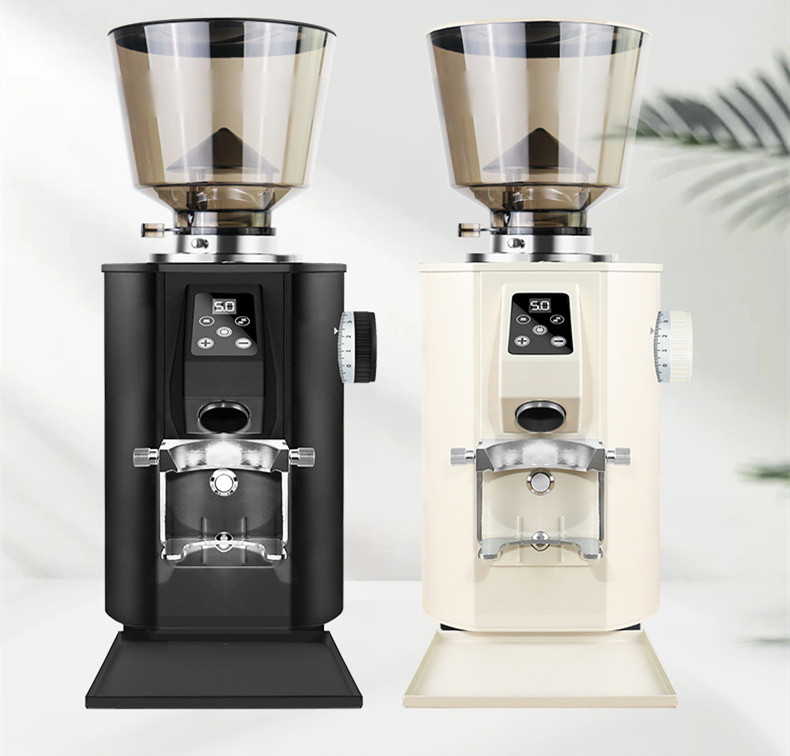Coffee Grinding Techniques for Irish Coffee: Enhancing Whiskey-Infused Flavors
Irish coffee, a classic blend of hot coffee, Irish whiskey, sugar, and cream, demands a grind size that balances robustness with smoothness. The coffee must hold its own against the whiskey’s boldness while avoiding bitterness that could clash with the drink’s sweetness. Here’s how to optimize your grinding approach for this iconic cocktail.
Selecting the Right Grind Size for Irish Coffee
Irish coffee typically uses a medium-coarse grind, slightly coarser than drip coffee but finer than French press. This texture ensures water flows through the grounds at a steady pace, extracting rich flavors without over-extraction, which could introduce harshness.
- Too Fine: A powdery grind leads to over-extraction, creating a bitter, astringent coffee that overpowers the whiskey and sugar.
- Too Coarse: A gritty grind results in under-extraction, producing weak, sour coffee that fails to complement the drink’s complexity.
Adjusting Grind Based on Coffee Bean Roast Level
The roast profile of your beans significantly impacts how grind size interacts with Irish coffee’s flavor balance. Tailor your approach to highlight the beans’ natural qualities without overshadowing the whiskey.
Light Roast Beans
Light roasts retain bright acidity and floral or fruity notes. A medium grind (just coarser than medium-fine) prevents over-extraction while preserving these delicate flavors, ensuring they don’t get lost beneath the whiskey’s smokiness.
- Brewing Tip: Use water just off the boil (195–200°F) to gently extract light roast beans without scorching them.
Medium Roast Beans
Medium roasts offer a balance of acidity and sweetness, with hints of caramel or nutty undertones. A medium-coarse grind enhances their natural sweetness, creating a smooth base that harmonizes with the whiskey’s warmth.
- Flavor Pairing: Medium roasts pair well with honey or brown sugar in Irish coffee, as their caramel notes complement the sweetener’s richness.
Dark Roast Beans
Dark roasts develop bold, smoky, or chocolatey flavors. A coarse grind (approaching French press texture) prevents over-extraction, allowing their intensity to shine without becoming bitter. This grind size also ensures the coffee’s body remains full enough to support the whiskey’s weight.
- Cream Integration: Dark roasts’ robustness pairs beautifully with lightly whipped cream, which adds a creamy contrast to the drink’s depth.
Managing Extraction Time for Optimal Flavor
Irish coffee coffee should brew quickly to avoid over-extraction, especially since the drink is served hot and often diluted with whiskey. Adjust grind size to control how long water interacts with the grounds.
Brewing Methods and Time Control
- Pour-Over (e.g., Hario V60): Use a medium-coarse grind and aim for a 2:30–3:00 minute brew time. This method highlights clarity and acidity, ideal for light or medium roasts.
- French Press: Opt for a coarse grind and steep for 4 minutes. Press gently to avoid sediment in the cup, which could muddy the whiskey’s flavors.
- Aeropress: A medium grind works well for a concentrated shot (1:00–1:30 minute steep). Dilute with hot water and whiskey to taste.
Water Temperature and Agitation
- Water Temperature: Keep it between 195–205°F to extract flavors efficiently without burning the grounds.
- Agitation: Stir the coffee grounds gently during brewing to ensure even extraction, but avoid over-agitating, which can accelerate extraction and introduce bitterness.
External Factors Affecting Grind Consistency
Environmental conditions and bean freshness influence grind behavior, requiring adjustments to maintain quality in Irish coffee preparation.
Humidity and Storage
High humidity causes coffee grounds to clump, leading to uneven extraction. Store beans in an airtight container with a desiccant packet to minimize moisture absorption. If grinding in humid conditions, use a slightly coarser grind to compensate for clumping.
- Quick Tip: Grind beans just before brewing to preserve freshness and prevent humidity-related issues.
Bean Freshness and Degassing
Freshly roasted beans release CO2, which can disrupt extraction. Let beans rest for 3–5 days after roasting before grinding for Irish coffee. Stale beans lose complexity; a finer grind can help extract remaining flavors, though the result may lack vibrancy.
- Freshness Test: Press a few grounds between your fingers—fresh beans will feel slightly oily and clump together, while stale beans will feel dry and powdery.
Grinder Maintenance
Residual oils and grounds in your grinder can affect flavor consistency. Clean your grinder regularly by grinding a handful of uncooked rice to absorb oils, then wiping down the burrs with a dry brush.
- Consistency Check: Use a sieve to test grind uniformity—ideal Irish coffee grounds should pass through a mesh with minimal fines (dust-like particles).
Pairing Grind Size with Irish Coffee Ingredients
The grind size indirectly impacts how well the coffee integrates with whiskey, sugar, and cream. Adjustments should ensure no single component dominates the flavor profile.
Whiskey Selection and Coffee Intensity
- Peated Whiskey: Its smoky, medicinal notes pair well with medium-coarse to coarse grinds, as the coffee’s boldness can stand up to the whiskey’s intensity.
- Smooth Whiskey: Lighter whiskeys benefit from a medium grind, which provides a balanced base without overwhelming the spirit’s subtlety.
Sugar and Cream Balance
- Sugar Type: White sugar dissolves easily in hot coffee, while brown sugar or honey adds depth. A medium-coarse grind ensures the coffee’s sweetness shines through, regardless of sweetener choice.
- Cream Texture: Lightly whipped cream floats atop Irish coffee, creating a luxurious mouthfeel. A coarse grind prevents the coffee from tasting overly heavy, allowing the cream to contrast beautifully.
By aligning grind size with roast level, brewing method, and ingredient pairings, you can craft an Irish coffee that’s bold yet balanced, with each sip highlighting the harmony between coffee, whiskey, and cream. Start with a medium-coarse baseline, then refine based on taste tests and environmental factors to achieve perfection.


